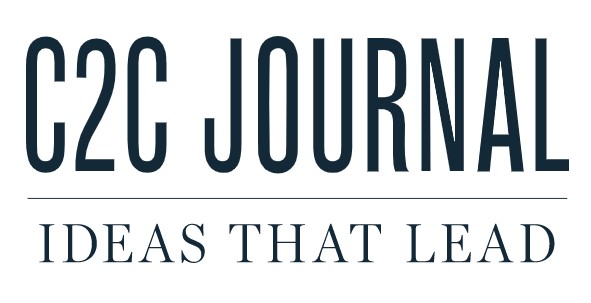OTTAWA — The federal Conservative government has withdrawn its threats to end the per-vote subsidies that flow to political parties but some fiscally right-wing organizations say all taxpayer support to the parties should be dropped.
“The only difference between the per-vote subsidy and the other tax credits is that it’s just a little more obvious,” said Kevin Gaudet, Ontario director of the Canadian Taxpayers Federation.
“We don’t think it’s the job of governments to be financing political parties. We feel it’s the job of individuals and organizations that support those parties to fund them.”
David Seymour, the director of the Saskatchewan office of the Frontier Centre for Public Policy, a Western-based, public-policy think tank, agrees.
“Certainly we don’t believe that the per-vote subsidy is a good idea and logically you would have to apply that to the other reimbursements too,” Mr. Seymour said. His group argues that it is the responsibility of partisan supporters to provide funding for election campaigns.
The country was pushed to the brink of a constitutional crisis this fall when the bid to end the per-vote subsidy was inserted into the fall economic update composed by Finance Minister Jim Flaherty.
The opposition parties cried foul because, although they receive less money from the subsidies than do the Conservatives, they rely more heavily on that assistance because they raise far less through individual donations.
The Conservatives took in more than $17-million in donations in 2007, while the Liberals reaped less than $4.5-million.
But the per-vote subsidies, which cost the government more than $28-million in 2008, are just one of the ways that money flows from the pockets of taxpayers to the coffers of the political parties – all of them amounting to tens of millions of dollars annually.
Public money, for instance, is also used to reimburse a large portion of the money that donors give to parties.
The totals for 2008 are not yet known. But, according to Revenue Canada, those reimbursements cost the government more than $20-million in 2007 and more than $24-million in 2006. More than half of that money would have gone to Conservative supporters.
In addition, parties and candidates are reimbursed for half of the amount they spend on election campaigns.
Taxpayers paid the parties $27-million to cover those expenses in 2006. Elections Canada won’t say how much it gave that year to individual candidates because of ongoing litigation over a disputed Conservative election financing plan. But, after the 2004 election, they received a combined $24-million.
However, Canadians are divided about whether they want to support political parties with their tax dollars. And they are particularly unclear about whether the per-vote subsidies, which were introduced by the Liberals in 2003 to offset a ban on corporate and union donations, are a good thing.
Prime Minister Stephen Harper said in a televised interview conducted before Christmas that taxpayers are tired of funding parties.
“We believe … at a time of economic difficulty, it is not right for political parties to be getting tens of millions of dollars in political subsidies,” he said. “The Canadian public overwhelmingly supports that position.”
But Robert MacDermid, a professor of political science at York University, said he doesn’t know where Mr. Harper is getting his information.
Dr. MacDermid points to the 2006 Canadian Elections Study, funded in part by Elections Canada, which asked respondents whether political parties should get public funding. More than half of those surveyed had no opinion.
But, of those who did, 71 per cent said the public financing was a “good thing.”
“This is the history of public finance for parties. Time and time again, in polls going back to the early ’90s when the Royal Commission on Electoral Reform and Party Financing looked at this issue, Canadians have always said that they support public financing,” Dr. MacDermid said.
“I can speculate that they think it’s a way of ensuring fairness – so that the richest party doesn’t always dominate the circus, which is a pretty persuasive argument.”


